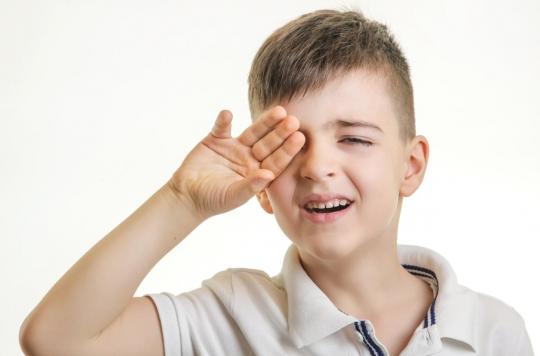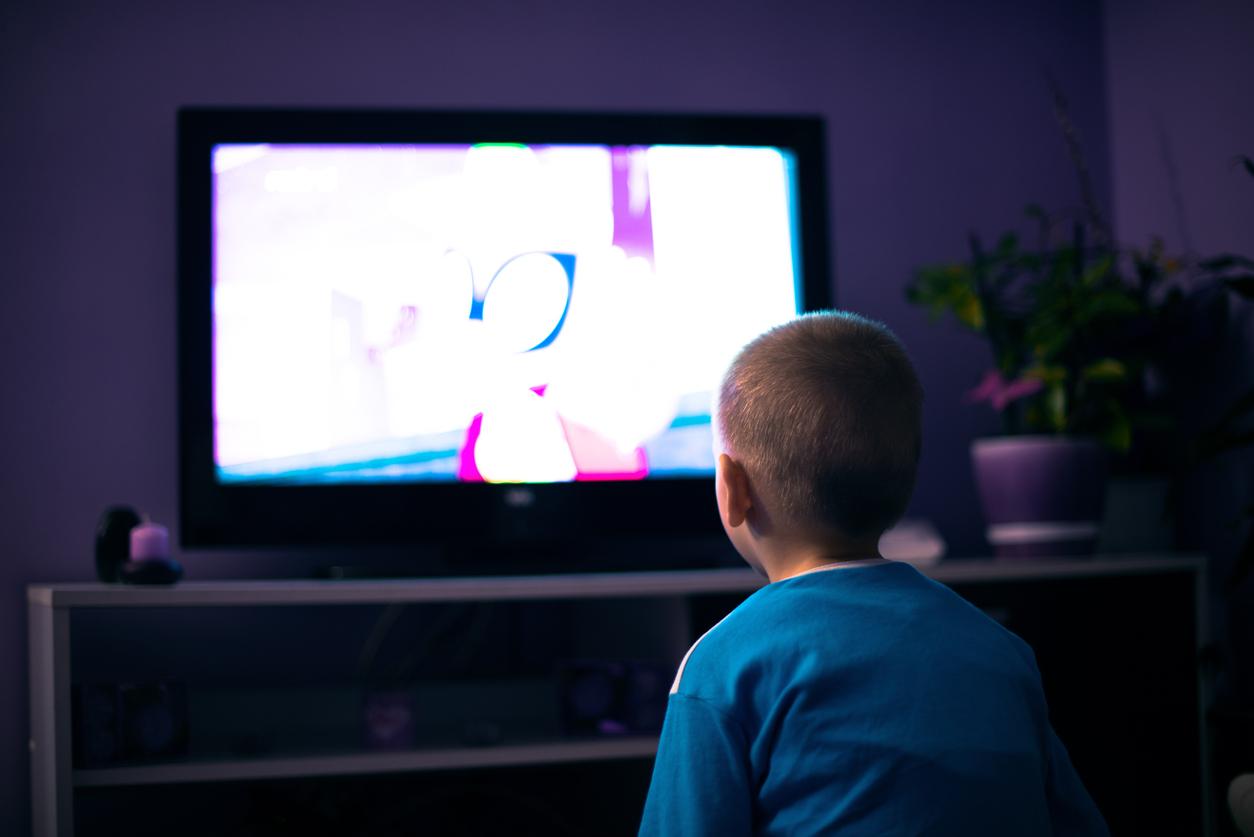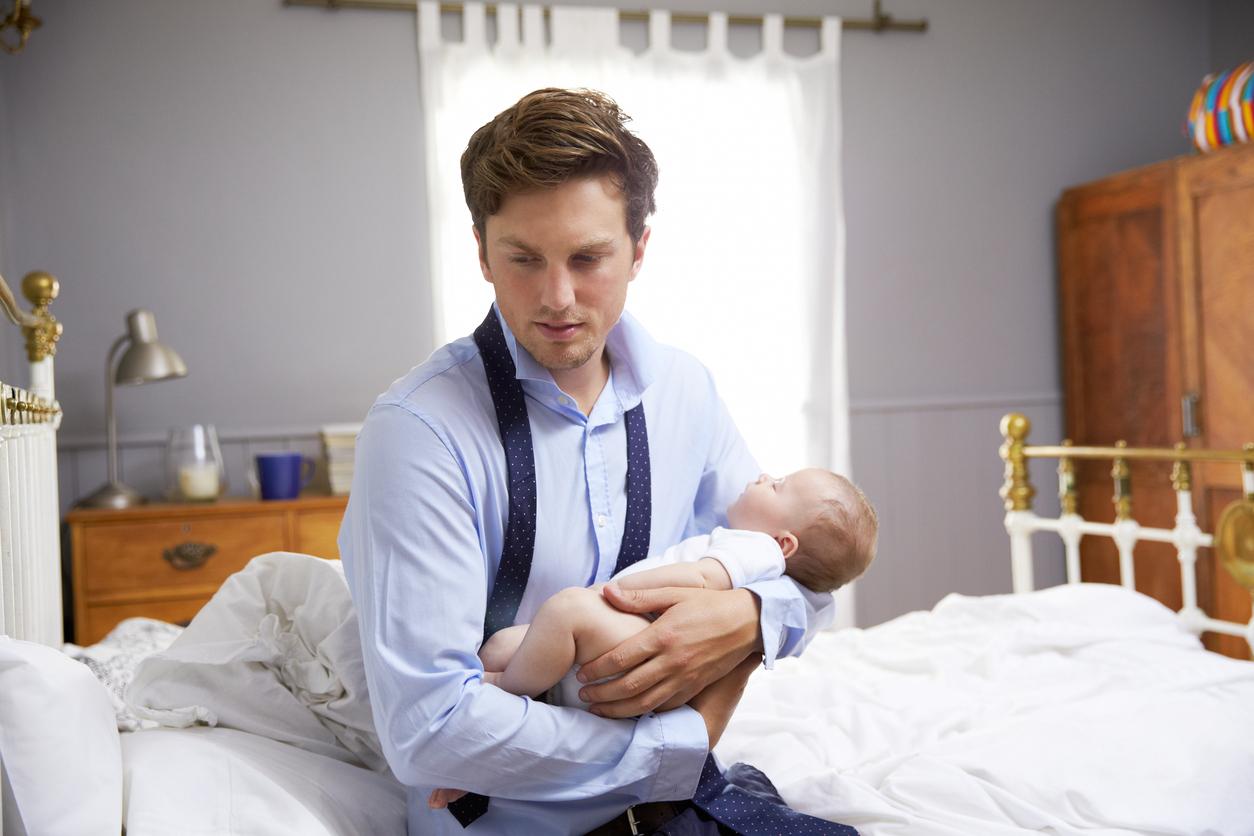In the United States, researchers have developed a smartphone application to help parents detect early signs of eye disease in their children. The prototype passed its first major test, they announced on October 3.

Retinoblastoma is one of the most common cancerous tumors in children. This disease, which affects the cells of the retina, can be treated particularly well if it is spotted in time. Unfortunately, the diagnosis, which is made through the identification of a white reflection in the pupil of the name of leucorie, sometimes still remains too late. A new app, however, could change that. Researchers at Baylor University (Texas, USA) have developed a prototype smartphone application aimed at helping parents detect early signs of retinoblastoma and various other eye diseases in their children. The tool has just passed its first major test, they revealed on October 3 on the University website. Their study was published the day before in the journal Science Advances.
It all started when little Noah, the son of Bryan F. Shaw, Ph.D., a professor of chemistry and biochemistry at Baylor University, lost his right eye. The researcher and colleagues then created the application in 2014 for the iPhone and in 2015 for Android devices.
Originally CRADLE (ComputeR Assisted Detector LEukocoia) was mainly used to identify retinoblastoma in children. But, “we suspected that the app would detect leukoria associated with other more common diseases and some rare diseases (…). We were right. So far, parents and some doctors have used it to detect the cataracts, myelin, refractive error, Coats disease, and of course retinoblastoma,” says Shaw.
A success rate of 80%
In detail, the app looks for traces of abnormal retinal reflections called “white eye”, a primary symptom of retinoblastoma, as well as other common eye disorders, in family photos. To test the effectiveness of their tool, the researchers analyzed more than 50,000 photos of children taken before their diagnosis.
Result: CRADLE successfully detected leukoria in 80% of children with eye disorders (and more than 80% in two-year-olds). And, this via photos taken on average 1.3 years before the official diagnosis.
A feat when we know that traditional screening only manages to identify retinoblastoma via leucorie in 8% of cases. Also, this threshold of 80% is considered by ophthalmologists as the “gold standard”, welcomes Micheal Munson, principal investigator at Baylor University and first author of the study.
In France, around sixty children are diagnosed with retinoblastoma each year.
The reason CRADLE works better than a traditional screening at the doctor’s is because of the number of photos taken by the parents. Thanks to them, there are a variety of possibilities for light to reflect on ocular lesions, regardless of their location in the eye.
“This is one of the most critical parts of building the app (…) We wanted to be able to detect all shades and intensities of leukoria. As a parent of a child with retinoblastoma, I am particularly interested in detecting traces of leukoria which appear as a ‘grey’ pupil and are difficult to detect with the naked eye,” says Shaw, adding that he is currently retraining the algorithm with students at Baylor.
Retinoblastoma occurs mainly in early childhood, around 1 to 2 years old. In France, the vast majority of affected children, approximately sixty per year, are cared for at the Institut Curie. Fortunately, this disease today is cured in more than 95% of cases. The visual prognosis can however be compromised depending on the location of the tumor and the impact of the treatments on the retina. Sometimes, prior chemotherapy is carried out in order to allow possible conservative treatments when the eye is preserved, explains the Institute on its website.
You can download for free on your smartphone the application of researchers from Baylor University, which you will find on the name “White Eye Detector”.















